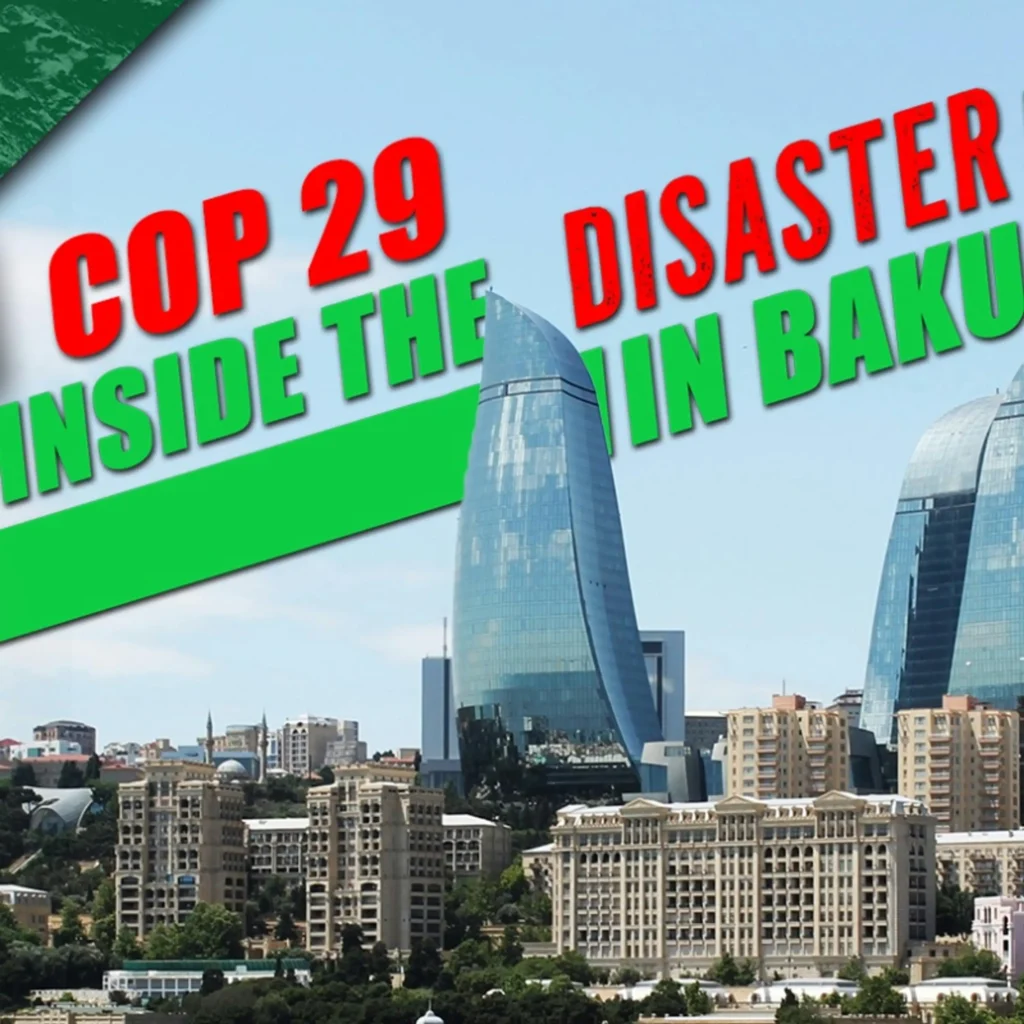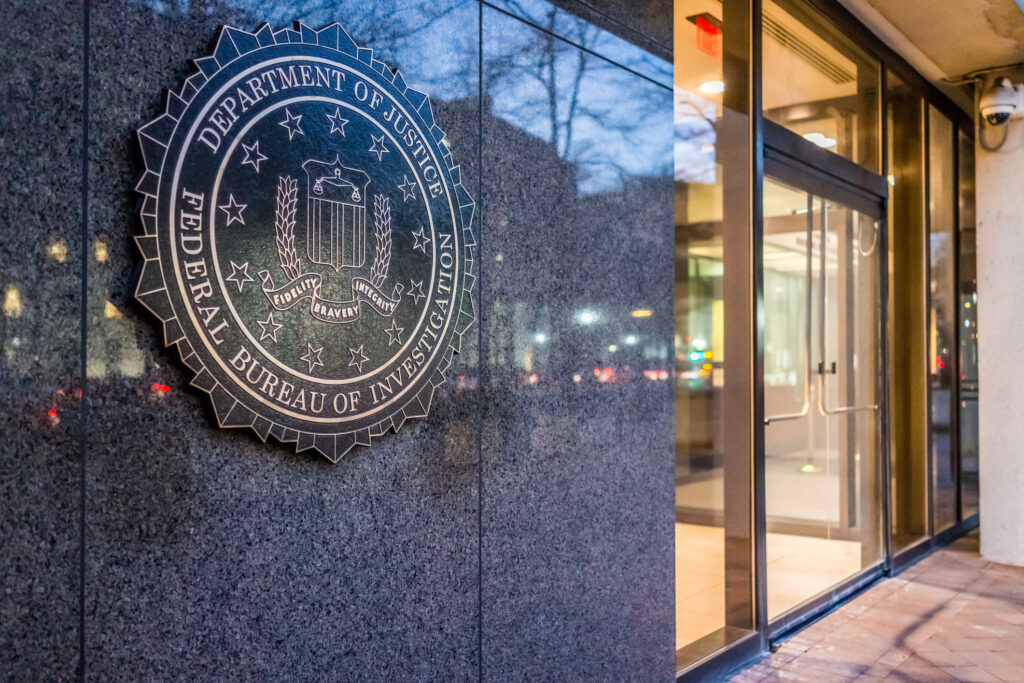The U.S. Department of Interior (DOI) has identified the steps it is taking to improve transparency and public input for legal settlements it is considering.
A memo from Daniel Jorjani, principal deputy solicitor at DOI, explains what the department is doing to institute then-Interior Secretary Ryan Zinke’s 2018 directive to stop entering into secret “sue-and-settle” agreements.
Regulatory Shortcut
Environmental lobbyists often sue various agencies, including DOI, to force them to implement policies they favor without going through the normally required regulatory process.
Under previous presidential administrations, federal agencies have often agreed to legally binding settlement agreements or consent decrees, creating priorities and rules and establishing timelines for action outside of the normal rulemaking process.
When an agency is developing a new regulation, it is required to estimate the purported benefits and potential costs of the proposal, hold hearings on it, provide public notice of the rule and allow a public comment period, and solicit the input of states and local governments to be affected by the rule. Sue-and-settle agreements evade all these procedural steps, with the agency relinquishing discretion over timelines and actions in ways that often shift its duties and priorities.
Sue-and-settle agreements are developed behind closed doors, absent any public input, and they can impose substantial payouts of taxpayer money to the interest group or groups bringing the lawsuit. The DOI reports between January 1, 2012 and January 19, 2017, Interior entered into more than 460 settlement agreements and consent decrees, resulting in the payment of more than $4.4 billion to plaintiffs, while keeping key provisions of these agreements secret.
New DOI Rules
DOI Order 3368 from September 2018 requires the department to file public notice of all litigation and proposed settlement agreements or consent decrees in the Federal Register. Another provision requires DOI to establish a process for public input before it approves a settlement with significant policy implications or large payouts.
In addition, as Jorjani announced in his May 15 memo, DOI launched a publicly accessible, searchable, “Litigation” webpage. Entries on this page will include the names of the parties involved in litigation, the case number, the date filed, the court where the complaint was filed, the statutory or regulatory provisions at issue in the complaint, the details of any attorney fees or costs paid or proposed to be paid, including the name(s) of the party or parties to whom any payment is to be made, and a link to the text of the decree or agreement. The webpage went live in mid-June.
‘Thoroughly Corrupt Practice’
Ending sue-and-settle will prevent environmental lobbyists from acting as rogue, extralegal regulators, says Bonner Cohen, Ph.D., a senior fellow with the National Center for Public Policy Research.
“Cozy, behind-closed-doors, sue-and-settle arrangements between green groups and friendly federal regulators have been business as usual for decades,” Cohen said. “In this way, environmental groups can force regulators to take actions Congress would likely never sanction them to do.
“The arrangement has allowed environmental groups to line their pockets with taxpayer money, while enabling them to become extra-governmental regulatory entities, because their agenda becomes cemented into the legally binding settlements they reach,” Cohen said. “It’s good that under President Trump DOI is pulling the plug on this thoroughly corrupt practice.”
Duggan Flanakin ([email protected]) writes from Austin, Texas.




